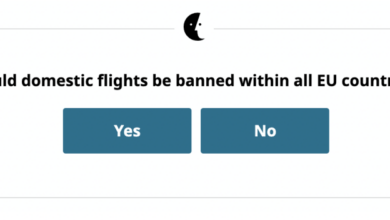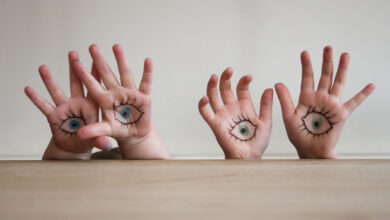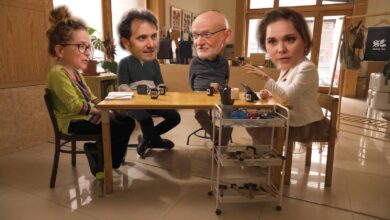Taking water for granted | Eurozine
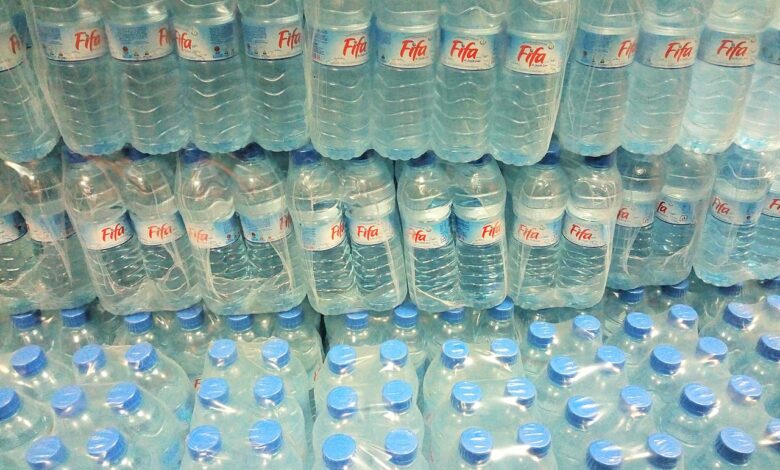
Oana Filip: How did your academic interest in water develop?
Liviu Chelcea: I started becoming interested in water supply systems when I was doing research into housing nationalisation and restitution for my doctorate. This led me to apply for a Fulbright scholarship in the field of urban infrastructure, based at the New School for Social Research in New York. I decided to look at the difference between the flow of water in American restaurants, where you’re flooded with it in a welcoming gesture of perpetual hospitality, and the Romanian way of both purposefully and pointlessly using bottled water, including in restaurants. I started working on this topic and, as with any ethnographic research, other things came up along the way. For instance, water filters, which are used by about half of New Yorkers. This was raised in interviews, so I turned it into a research topic as well.
In your research, you talk about the notion of ‘water hospitality’ in American restaurants. What are the origins of this practice?
It’s an old custom. I found a newspaper article dating from the 1840s, when New York’s water supply system was first developed, that spoke of restaurants offering free drinking water.
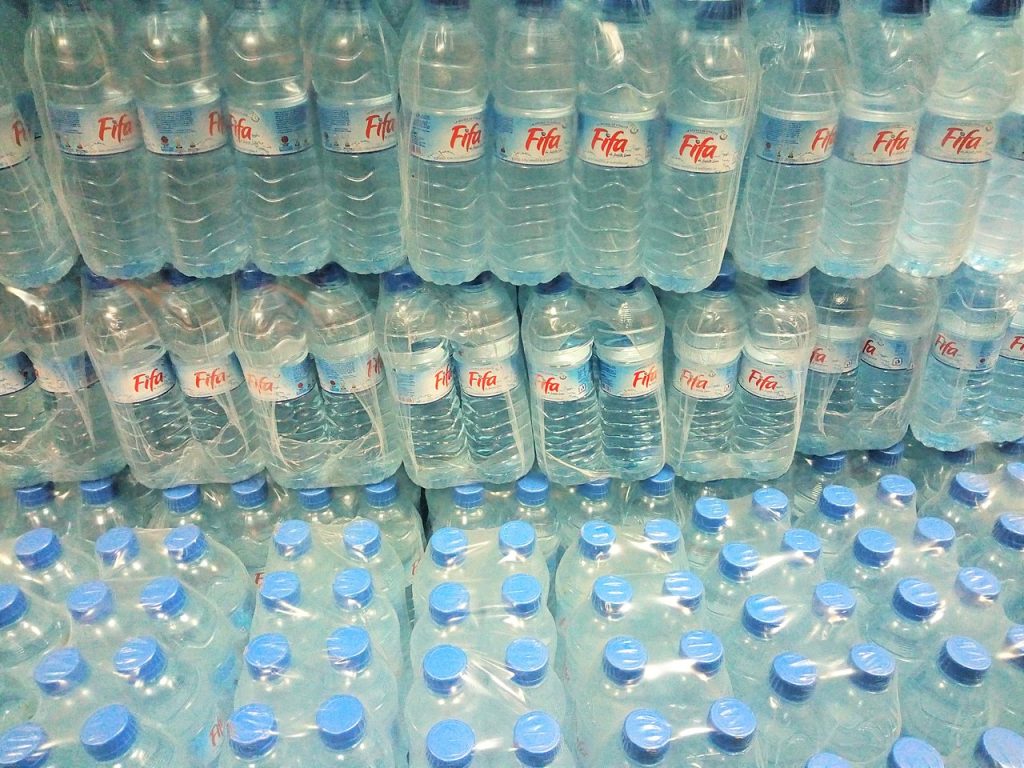
Image: Adoscam / Source: Wikimedia Commons
Water hospitality is related to the act of commerce. Restaurants give away water, not based on any theory of consumer rights, but rather as a play at concealing the restaurant’s commercial nature. When the waiting staff offer free refills of coffee, as seen in many American movies, this is a similar gesture. It allows restaurants to pass as ‘good neighbours’. The restaurant is no longer just a purely transactional place of economic activity; it also comes with some features of friendship, community, home, and neighbourliness. There’s an interplay between economic and social calculations. Water and coffee set an interpretive framework signalling that you are welcome there. Economic transactions remain the most important, but human dynamics follow.
All the ancient texts – such as the Bible, for instance – mention the idea of offering someone a jug of water, of people meeting by a well, of travellers engaging with locals via water. These interactions are no longer as frequent in the context of modern water supply networks, but they do still take place. In American restaurants, obviously, but in other places too. In Cairo, for instance, some people leave free water outside of stores in response to global warming.
In the current climate context, the stateside custom of offering water comes with another plus: lower plastic consumption. New York has over 8 million inhabitants, plus tourists. If all restaurant-goers bought bottled water, as they do in Romania, millions of bottles would be used every day.
Why is ‘water hospitality’ not customary in Romania?
It used to be. There are movies from the 1950s in which you see water pitchers on restaurant tables. Student cafeterias still provide free drinking water, but in general, the practice has slid into the background – or even the far background. I think this is partly because in poorer countries, bottled water is associated with modernity, and drinking it is a way of being modern.
How did the world wind up with bottled water?
Several factors came into play. One pertains to European – and, to a certain extent, American – health beliefs. Prior to the 20th century, the water in many places wasn’t fit to drink; wells in pre-industrial settlements were polluted, either by industry or by domestic sewage. This caused widespread and frequent epidemics of cholera and other waterborne diseases. Then, in the early 1900s, the treatment of urban water supplies with bacteria-killing chlorine began. New York-adjacent Jersey City was the first American municipality to introduce the practice, which quickly spread. As a result, waterborne diseases were largely eradicated in the US. Bottled water was not only prized for being safer; it was also seen as having medicinal properties. There were waters for treating the stomach or for curing a cold, for example.
Another factor was the growth of aristocratic tourism. Aside from the cultural ‘Grand Tour’ of France, Italy, and Greece, this often centred on visits to spa resorts to ‘take the waters‘, creating a demand for mineral water among the upper classes back home. Bottled water was also valued for its connection with nature and bucolic landscapes.
The consumption of bottled water dropped sharply after the turn of the 20th century, when modern water supply systems appear. In the 1980s, however, bottled water experienced a resurgence in popularity. In the US, this was connected to the expansion of the Perrier brand, which started advertising in the 1970s and 1980s. It was also driven by the results of research carried out in the late 1960s to early 1970s revealing that an athlete’s performance improves if they are sufficiently hydrated. This is when the idea that you need to drink two litres of water per day begins to develop. People start taking water with them when they leave the house, to stay hydrated.
More recently, water has been promoted as a healthy alternative to carbonated drinks. That’s why bottled water consumption levels have increased over the past 10 to 15 years, at the expense of carbonated drinks.
According to market research, fifty per cent of Romanians drink bottled water. What is your view on this?
I find this very troubling. So much money is being invested into water supply systems, and the country’s water is within legal safety limits. In Romania, annual bottled water consumption stands at about 106 litres per capita. In Serbia, which like Romania is known for its mineral waters, it’s around 20 litres. In Sweden, it’s only 10. Clearly, there is no simple correlation between a country’s income level, or whether it has a long-standing mineral water tradition, and its bottled water consumption.
I think a key factor is the ideology of individualism: everything has to be private. You put up a 3-metre-high fence around your house and have your own, separate water supply. Nothing is shared with anyone else. Bottled water creates the feeling of a direct relationship between you and Spring no. 5 in Borsec (a remote Romanian town famous for its spas and mineral waters – ed.). It is in this context that urban drinking fountains have disappeared, which has also played a role in the growth of bottled water consumption.
There is also a level of distrust in the municipal water supply. This is part of a broader lack of trust in the state and the whole anti-state discourse in Romania. I’ve met young people who grew up with bottled water and believe tap water isn’t safe to drink. This is how much the idea of public water has been degraded.
This is something I’ve noticed as well: people who refuse to drink tap water under any circumstances, especially in big cities.
It’s an interesting topic. People’s perceptions of water quality often have little to do with its potability. For instance, let’s say there’s lead in the water, which makes it bad for people, especially children. You won’t see or taste this when you drink it. On the other hand, if you see water with a bit of rust in it, you won’t drink it, even though it’s unlikely to do you any harm.
Do you think climate change, or perhaps the current economic situation, might change the way we consume water? Will it encourage us to drink more tap water?
According to forecasts, the consumption of bottled water in Romania, as in other countries, is likely to increase, even though its environmental impact – and cost – is much higher than that of tap water.
That said, I think the number of people using water filters will also increase – and dramatically so. This can already be seen in Bucharest. Over the past six or seven years, the number of filter users has increased from 20 per cent to 40 per cent of the population. I’ve already seen some speciality coffee shops offering free filtered water. I believe the number of restaurants open to this idea will grow. It depends on how our trust in the state and municipal authorities evolves. There’s also a conversation to be had on the effectiveness of filters.
Cups with integrated water filtration also appear in your research. They are often presented as an eco-friendlier alternative to bottled water. What’s your take on this?
Indeed, filter cups involve less effort and much less plastic. That’s their marketing line. But the question is, how well does a filter do its job – and especially, for how long does it do its job well? Depending on the area, municipal drinking water can contain ten times more dissolved substances than the normal range. Filter cups aren’t designed for this type of water; they’ll get clogged within a week. People aren’t aware of this – and if they were, I don’t think they’d be willing to spend money on a new filter every week. There’s this pervasive idea that filters should be replaced roughly every two months or after 100 uses. Even if that corresponds to your water profile, good luck counting how many times you use a filter. Some people don’t even see the need to replace filters; they think that they last forever.
What’s more, carbon, the active substance in many filters, provides an environment in which bacteria thrive. For these reasons, I think that standard filter cups and jugs are not as effective as they claim to be. The water engineers I spoke to told me that reverse osmosis filters, the type used in coffee shops, which are installed under sinks and are a bit pricier – those do the job properly. They also need to be replaced after a certain period, but a longer one, roughly six months. Basically, they’re plastic membranes with very small pores, which stop minerals, metals, and bacteria from passing through. Some bottled water companies use the same osmosis principle as part of their production process.
This interest in filtration is not without cause. In 2019, an investigation by Recorder (an independent public service media platform based in Romania – ed.) explored the lack of access to clean water and the money invested into micro-supply systems in various villages. It highlighted corruption, which is definitely part of the problem. But the problem of water quality extends beyond Romania. Throughout Europe and the United States, there are legal standards related to drinking water quality – covering both tap and bottled water – but these don’t guarantee that the water is actually safe to drink. According to these standards, drinking water shouldn’t contain more than a certain amount of arsenic, nitrates, and heaven knows what other substances; there’s a whole list. But these countries produce tens of thousands of different chemicals. The fact that they’re not on the list doesn’t mean they’re not in our bottled or tap water; it just means they’re not being measured – yet. Indeed, this summer, the United States proposed adding PFAS – synthetic chemicals associated with Teflon production and fireproof materials that are thought to cause cancer in humans – to its list of substances subject to limits in drinking water.
Even if we had the ability to measure water substance levels, we’re not lawmakers. And if we were, we’d be facing an uphill battle. For instance, US water companies have heavily lobbied against expanding the list of chemicals to be monitored as this would mean extra costs for them. Besides, historically speaking, modern water systems have been designed to solve problems that kill you in two days, not in 20 years – to wipe out cholera and dysentery, not a chemical substance whose effect on our bodies we don’t even fully understand.
Your research also mentions the ‘hyper-normalisation’ of water. Water is always available, and we don’t give it much thought. At the same time, we’re seeing phenomena such as the emergence of ‘water sommeliers’. How do you perceive this tension between hyper-normalising water and hyper-individualising it?
Modern water infrastructure has created the expectation of a continuous flow of drinkable water. This is a reality that we take for granted. We don’t stop to think that around two billion people have no access to safe drinking water. Millions struggle daily to haul water over large distances, with major effects on children’s schooling opportunities. This isn’t just a question of health, but one of social exclusion too. Without water, you don’t have access to proper hygiene, and you risk being marginalised.
On the other hand, bottled water companies create a powerful story around the water they sell, a story that public water companies don’t tell. For instance, one of the most popular water brands in the US, FIJI Water, is brought over from the other side of the world, and its marketing revolves around this idea of distance – of an anti-city, anti-modern product.
Water consumption will almost certainly be impacted by climate change. In south-eastern Germany, at the foot of the Alps, they’re starting to have groundwater problems due to lower levels of snow and rain. Water levels in the aquifers have dropped by 1.5 to 2 metres. We’ll find ourselves in the same situation if we rely on groundwater resources for our drinking water.
During a visit to a foundation in England, I was told something that stuck with me. In the same way that we’re now surprised that smoking was allowed in London tube stations 40 years ago, we’ll soon be shocked at the practice of using drinkable water in our toilets when there are innumerable other solutions.
Why do you think there isn’t more of a conversation around water and water-related problems, be it quality or access?
Because that’s what we’ve got used to, those of us who have this privilege: taking water for granted. But it won’t be like this forever. On water quality, pollution can be hard for the average person to detect. And even if you are aware of it, you’re more likely to focus on what could kill you today, not in a few decades’ time.
What is your perspective on water grabbing and water-related conflicts in the context of climate change and the way we treat water as an infinite resource?
The most glaring examples of water grabbing are the relations established by large, sprawling cities with the rural areas where they source their water. Villages and towns are evacuated, barns and graveyards are relocated – all this to make room for reservoirs and water protection areas. In California, most of the water consumed is used by the agricultural sector. This is, once again, a question of power. Who has the power to influence water regulators? Cue the IT industry. Data centres need huge volumes of water – around 5 per cent of total US water consumption – to prevent servers from overheating.
In terms of water-related conflicts, access to water in the Tigris-Euphrates Basin (shared between Turkey, Syria, Iraq, Iran, and Kuwait –ed.) has always been a contentious issue, but this has worsened over recent years. Irrigation systems dating back to Mesopotamian times helped transform this desert area into fertile agricultural land. Over the past 50 years, however, Turkey has built more than 20 mega dams on the upper parts of these rivers, affecting downstream water flows in Syria, Iraq, and Iran. People are being forced to leave the areas worst affected because they are no longer liveable. There have always been water-related conflicts – and there will be more to come – but only now are we starting to see them more clearly.
As you say, water-related conflicts have been a constant throughout history. Are there any differences between past and current conflicts over water resources?
The number of water-related conflicts appears to be increasing. There are certainly more of us, anyway – over 8 billion people – so conflicts now affect a larger number of people. The problem with water and climate change is that there’s either too much of it, all of a sudden, or there’s too little. Rising sea levels are causing problems in coastal areas. More than a third of the world’s population lives within 100 kilometres of the coast. But while New York, for instance, can afford to think about the future, for poorer cities, such as Dhaka in Bangladesh, the future remains unclear.
Source link

